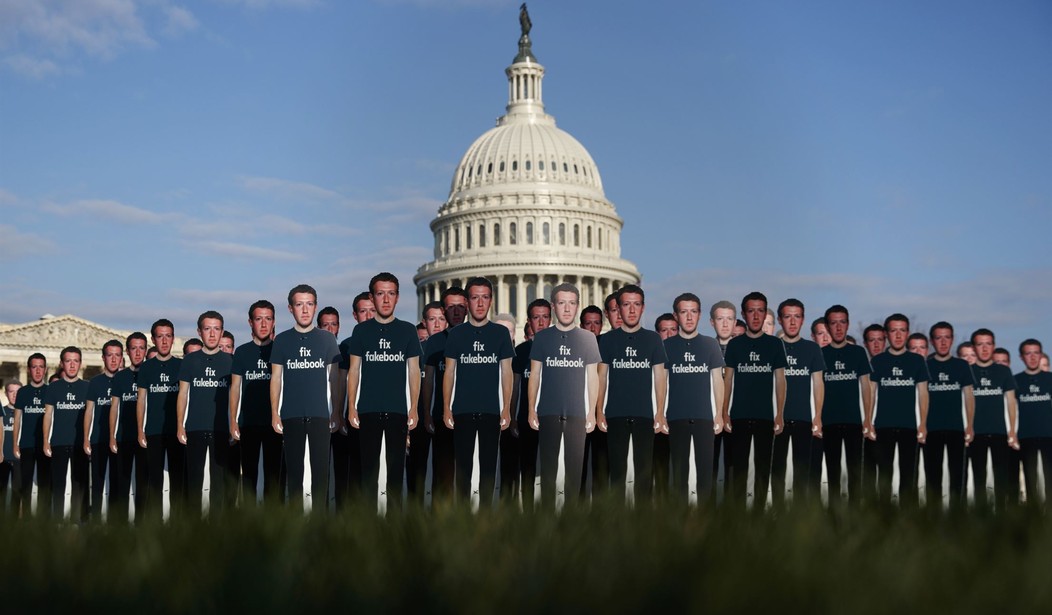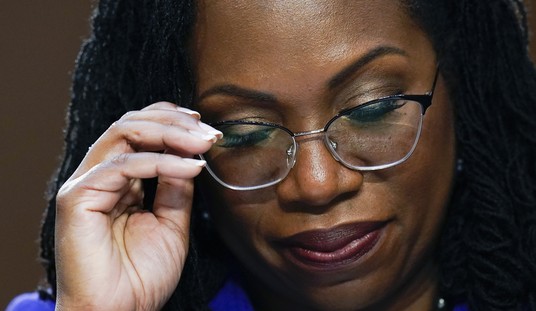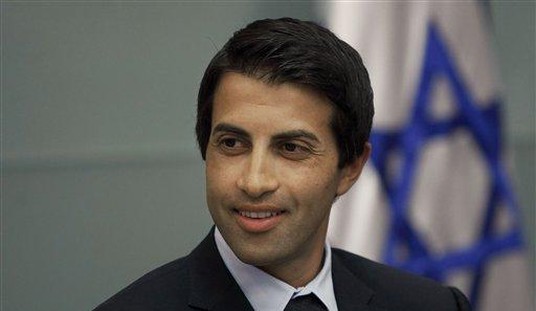If that phrase in the headline above — “Soviet Psychiatric Gulags” — doesn’t ring a bell, allow me to refresh your memory, or, if you are under 30 years of age, perhaps introduce you to a horrid chapter of recent history.
Before the Soviet Union’s fall, the Soviet Communist Party killed tens of millions of people during its existence from 1917 to 1991, with dictator Josef Stalin ordering more than 3,000 executions in one day alone in 1937, according to Robert Conquest.
Millions more were sent to labor camps, many in Siberia, where they were worked under the most inhumane conditions. As bad as the labor camps surely were, the psychiatric hospitals described by Alexander Solzhenitsyn were worse in some respects.
Dissidents were sent to the hospitals for the “crime” of criticizing the Soviet regime. After all, anybody who would criticize the Soviet paradise must be nuts, right? There, they were they were subjected to unbelievable torture techniques like this one described by the Mises Institute’s Mark Hendrikson:
“One of the ‘therapies’ administered in a psychiatric hospital was putting a cord into [the patient’s] mouth, then threading it from his throat up through his nasal passages, and then drawing it out through one of his nostrils.” Even if the cord wasn’t used to deliver electrical shocks, this must have been an agonizing experience.
Hendrikson explains the origins of the Soviet psychiatric hospitals in one of Karl Marx’s most basic doctrines:
The warped thought process that led to the perversion and weaponization of psychiatry in the Soviet Union can be traced back to communist icon and thought leader Karl Marx. Marx propounded a spurious doctrine known as “polylogism” to justify stifling dissent.
According to Marx, different classes of people had different structures in their minds. Thus, Marx declared the bourgeoisie to be mentally defective because they were inherently unable to comprehend Marx’s (allegedly) revelatory and progressive theories.
Since they were, in a sense, insane, there was no valid reason for communists to “waste time” arguing with them. On the contrary, communists were justified in not only ignoring or suppressing bourgeois ideas, but in liquidating the entire bourgeois class.
(Knowing this element of Marxist doctrine, does Critical Race Theory’s insistence that all white people in America are inherently racists who enjoy “white privilege” make more sense now?)
So what do contemporary Big Tech social media censors have to do with those Soviet psychiatric hospitals for political dissidents? Consider this from Roll Call concerning a just-published study from New York University’s Stern Center for Business and Human Rights:
The decision by Facebook, Twitter and other social media sites to ban former President Donald Trump in the wake of last month’s riot at the Capitol by a mob of his supporters has renewed claims that the country’s largest technology firms are biased against conservatives.
But a report published Monday refutes those claims with evidence showing that conservative users often generate more engagement than posts by liberal or nonpartisan users.
In fact, claims of anti-conservative bias are themselves a form of online disinformation that Republicans have sought to wield to turn their supporters against Big Tech, according to researchers at the Center for Business and Human Rights at New York University’s Stern School of Business.
Note the implication of the study’s crucial data point: Big Tech social media giants not only are not biased against conservatives but conservatives are more prominent than liberals on Facebook, Twitter, and other popular digital platforms. Ergo claims of censorship must be, shall we say, lunacy?
They must be crazy because the essential assumption underlying the study’s claim is this: “The Trump bans, while unprecedented, were based on reasonable determinations that he violated platform rules against sabotaging election results and inciting violence… If anything, the platforms previously had given Trump a notably wide berth because of his position, seeking to appease him, despite his demagogic and routinely false claims.”
See, it’s not censorship of conservative opinion, it’s protecting everybody against hate speech that incites violence and gets people killed. You’ve got to be mentally handicapped to not understand the difference. And, after all, look how long and patiently noble the social media authorities were in allowing Trump to continue before shutting him down
No, the Big Tech giants haven’t taken the next step and recommended mandatory psychiatric treatment for those who protest censorship of conservative “hate speech,” but it seems reasonable to wonder if the predicate is being set.
In any case, at the heart of the study is the contention that the prevalence of “engagement” — i.e. likes, comments, shares, etc. — constitutes “a rough proxy for popularity.” And indeed the data for 2020 through the November election shows conservative sites on Facebook, for example, having impressive levels of engagement:
On most days, right-leaning U.S. Facebook pages dominate the list of sources producing the most-engaged with posts containing links. In particular, during the run-up to the 2020 election and its aftermath, the page of conservative commentator Dan Bongino out-performed those of most major news organizations.
The pages of Donald Trump and pro-Trump evangelist Franklin Graham consistently showed up in the top 10, as did Fox News. CNN, National Public Radio, and The New York Times sometimes made the list, but Joe Biden rarely did.
But I would argue that engagement and popularity are relevant measures only if measured on equal terms prior to and after censorship actions like the silencing of President Donald Trump, demonetizing conservative web sites like PragerU, and terminating digital access for aspiring social media rivals like Parler.
The study’s own data suggests things will look profoundly different when the engagement and popularity are measured for the period of nine months after the current wave of censorship commenced. (And the current wave should be frozen ASAP for the duration of the nine months so that the impact of specific silencing decisions will be measured, rather than obscured and/or multiplied by continued censorship.)
Merely removing Trump’s 654 million Facebook engagements will profoundly change the social media ideological landscape since the former president’s total was five times as large as the next nine politicians, according to the study.
And finally, there’s this: How many Leftist sites expressing support for violence-advocating groups like antifa and Black Lives Matter have been banned? None that I am aware of.
But then I must be crazy to think Facebook, Twitter, Google, Amazon, and the rest of the Big Tech censors are biased against conservatives, right?
Mark Tapscott is an award-winning investigative journalist who covers Congress for The Epoch Times, and who is founder and editor of HillFaith, an apologetics ministry sharing the Gospel of Jesus Christ with congressional aides.










